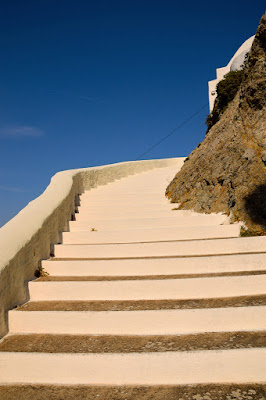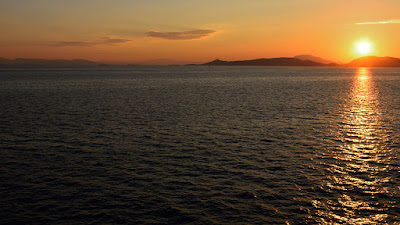Like so many other articles that have appeared on AmateurNikon, this one too is a result of my own photographic experiences and observations. Learn to do that - paying attention to what works and what doesn't (and why) - and your photography will improve dramatically. I'm here to give you a bit of a helping hand, sharing the things you won't find elsewhere online (because people are too preoccupied with meaningless things, like megapixels and dynamic range) but you must learn to do that too, on your own: pay attention to your photos, and learn to evaluate them (does it work or not) and meta-evaluate them (why it doesn't work).
 |
| Portrait orientation for landscapes can be powerful, but it can also become a habit |
So, today's article is about portrait orientation versus landscape orientation. Now, you might initially not see what's the hidden problem here, what could be a cause for disruption. If you paid attention to the title, however, I did mention the word "habit". You see, when asked in a discussion, it's easy to say something like "well, I would use portrait orientation when suitable, and landscape orientation when suitable". The problem is, when you're in the field, your habits might nudge you into overusing one or the other without even noticing. Let's take a closer look
For me, the discovery that I'm overusing portrait orientation came when I tried to find suitable images from my latest trip for a digital frame (like this one) which of course looks better with images taken in landscape orientation.
Lo and behold, I realized I had very few of those.
Probably because I've worked so much as a portrait photographer, or maybe because I have the habit of including lots of empty space (see: the sky) in my compositions, apparently I tend to prefer portrait-orientated photos. Here are a couple of examples:
Both the above compositions are "good" - here, this means that the portrait orientation is probably better than a landscape one. Of course, the problems begin once you realize the latent power of the word "probably", above. Looking into this issue and into my photos more carefully, I began to wonder whether my habit of taking photos in portrait orientation has inhibited me from seeing some landscape framings.
Let's see this with an example. The following photo is another one taken in portrait orientation.
Nothing special, really, other than the nice colors. Would a different framing, with a landscape orientation alter things?
It's still nothing special, but I think it's marginally more interesting.
I think this is something you should pay attention to in regard to your own photography. I suspect it's one of those things you could be doing for years without even realizing it. Try to look for it in your images, try to see if you favor one orientation versus the other, then consciously try to take photos using the orientation you've been using less. It should be an interesting little experiment!



No comments:
Post a Comment